Simgot EW100P Impression
Simgot has created quite a stir in the IEM community with the release of EA500, a budget-friendly single dynamic driver (DD) IEM. Can they repeat the success at an even lower price point with EW100P - “The Shark”? Let’s find out.
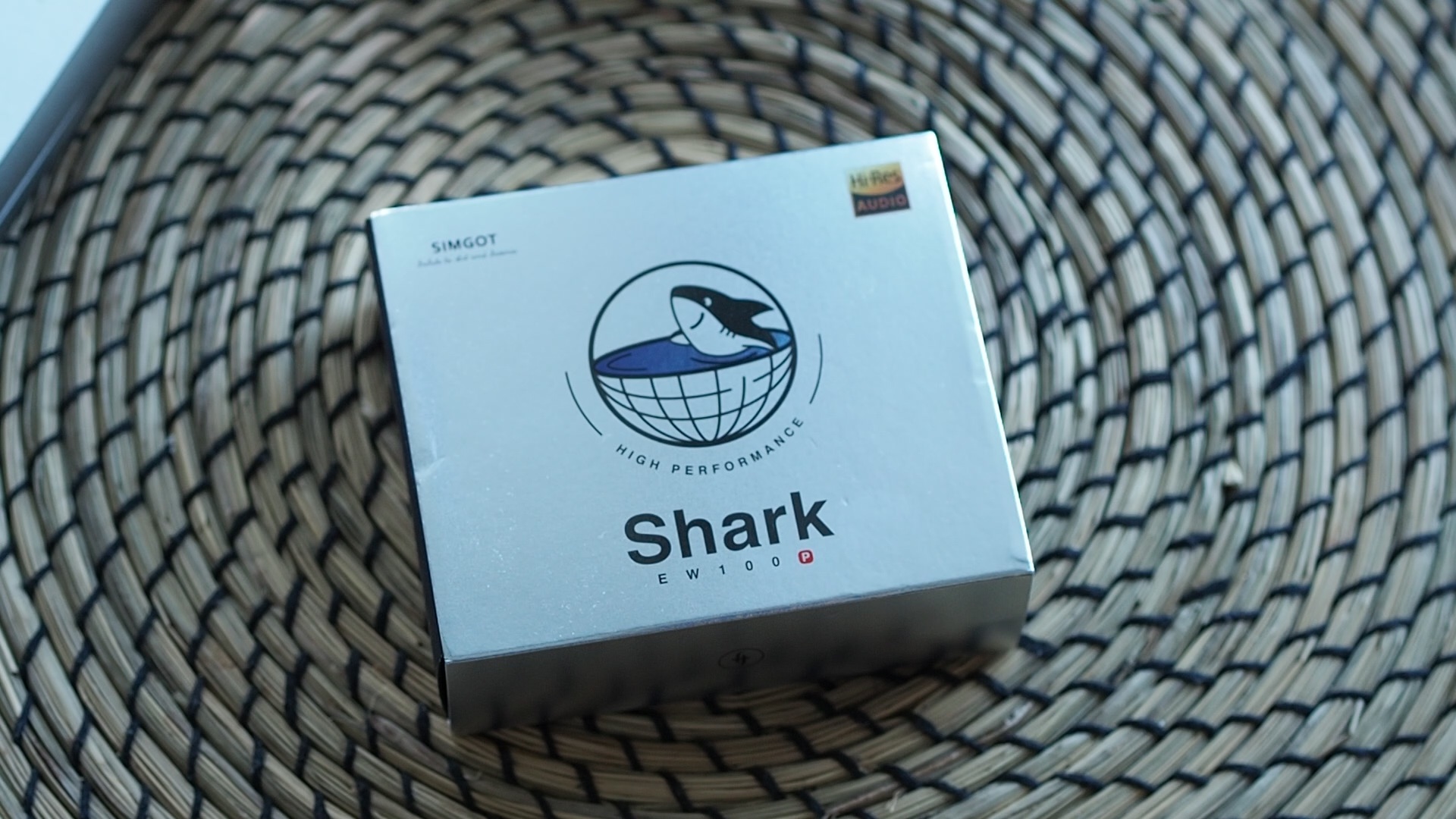
Forewords
- What I look for in an IEM is immersion. I want to feel the orchestra around me, track individual instruments, and hear all of their textures and details. I’m not picky about tonality, as long as it does not get in the way of immersion.
- I rate IEMs within with a consistent scale from 1 (poor) to 3 (Adequate) to 5 (outstanding). Ratings are assigned by A/B tests against benchmark IEMs, regardless of the retail price.
- Ranking list and measurement database are on my IEM review blog.
- This review is based on a review sample from Linsoul (Thank you!). I have no affiliation with or financial interest in Linsoul or Simgot. The unit retails for $20 at the time this review was published. You can find out more info and get yourself a unit from the Linsoul Store
Specs
- Driver: 10mm DD with LCP diaphragm.
- Connector Type: 2-pin
- Impedance: Unknown
- Sensitivity: Unknown
Build and Comfort
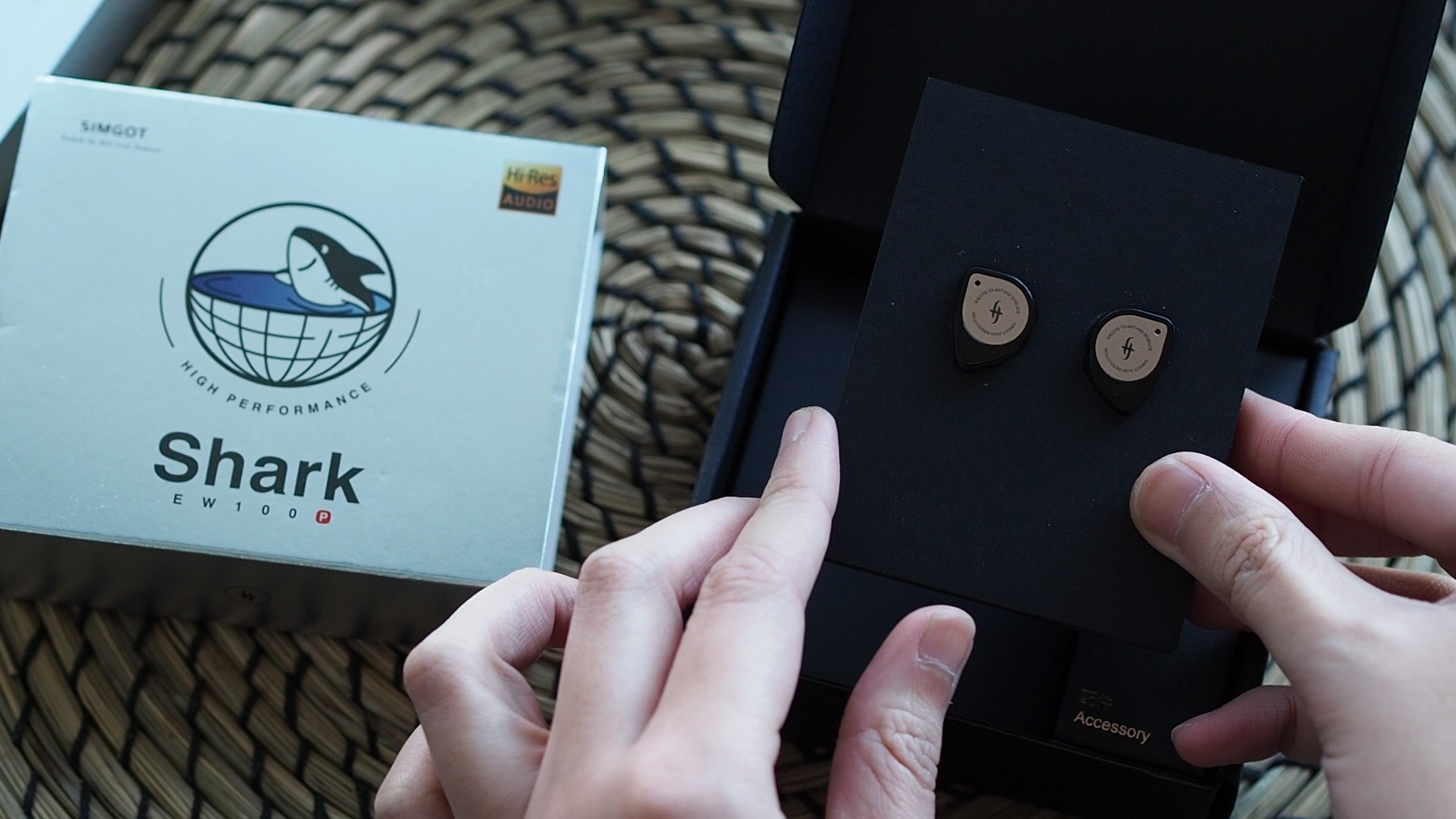
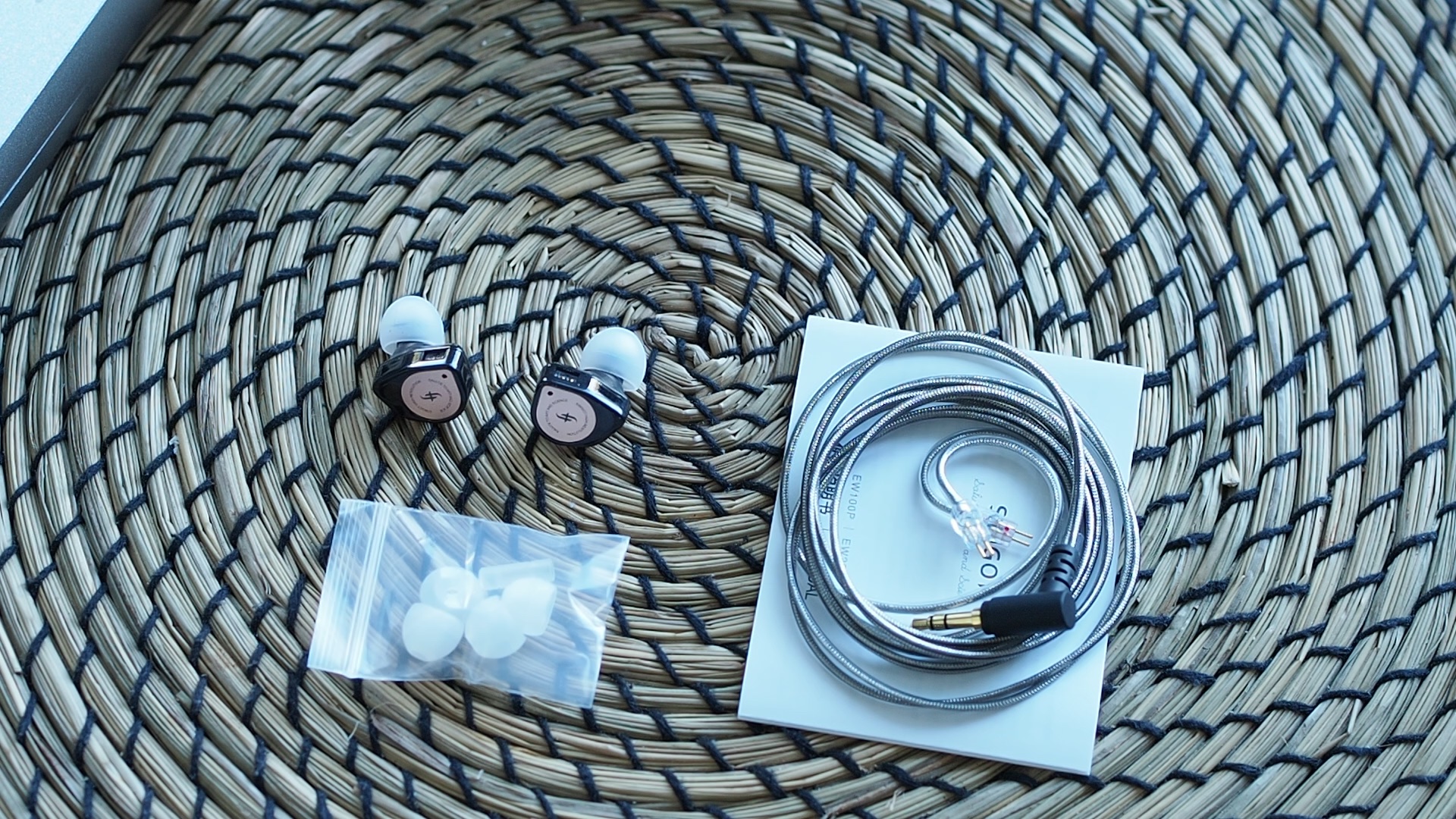
Let’s start with the accessories - the package only includes three pairs of tips and a cable. Although having more would have been nice, the included items are sufficient to get started.
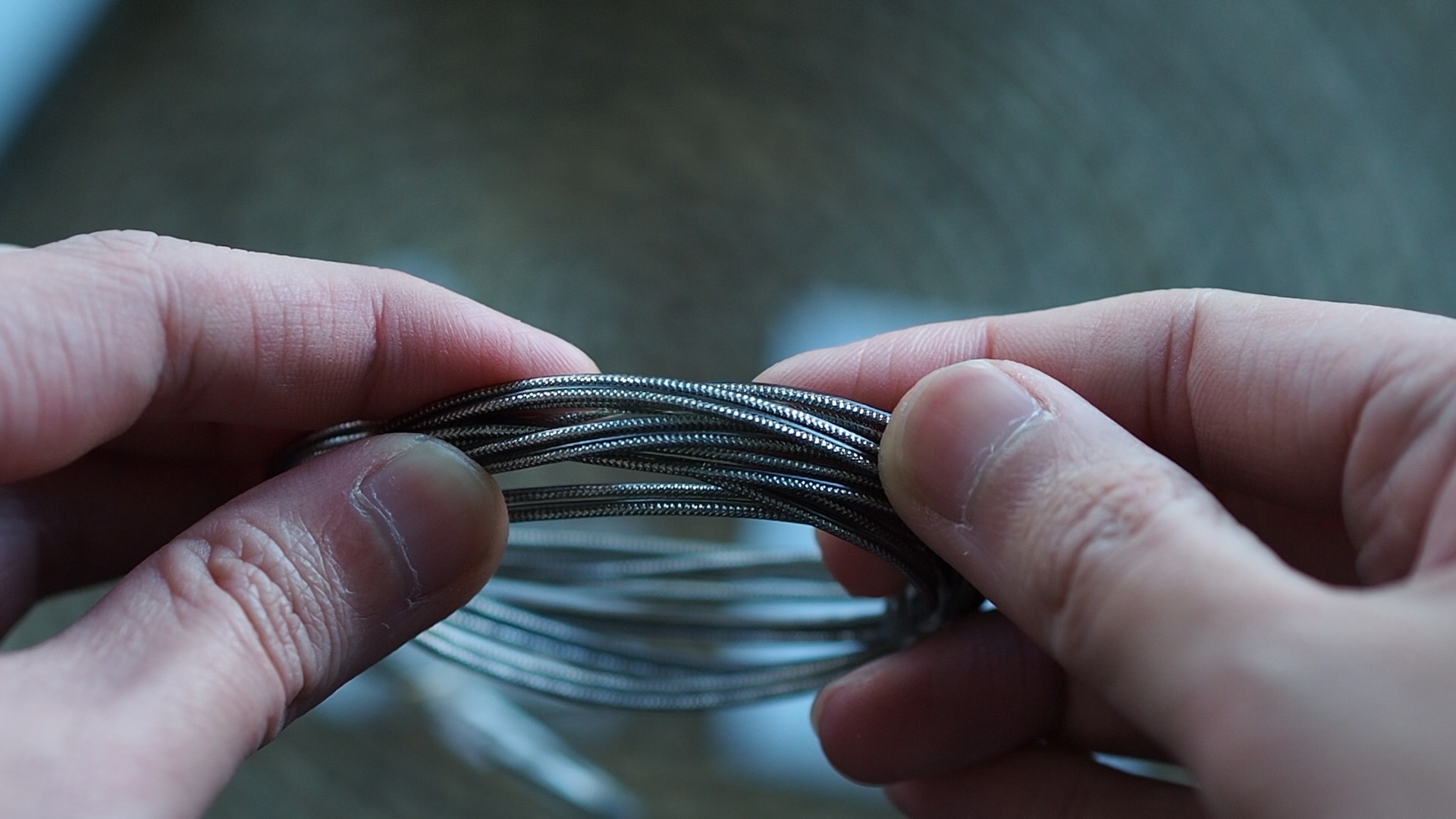

The stock cable is not braided, and the connectors and splitter are made of plastic. Despite that, the cable is well-behaved and doesn’t tangle easily. Additionally, it is not microphonic, which is a definite advantage.
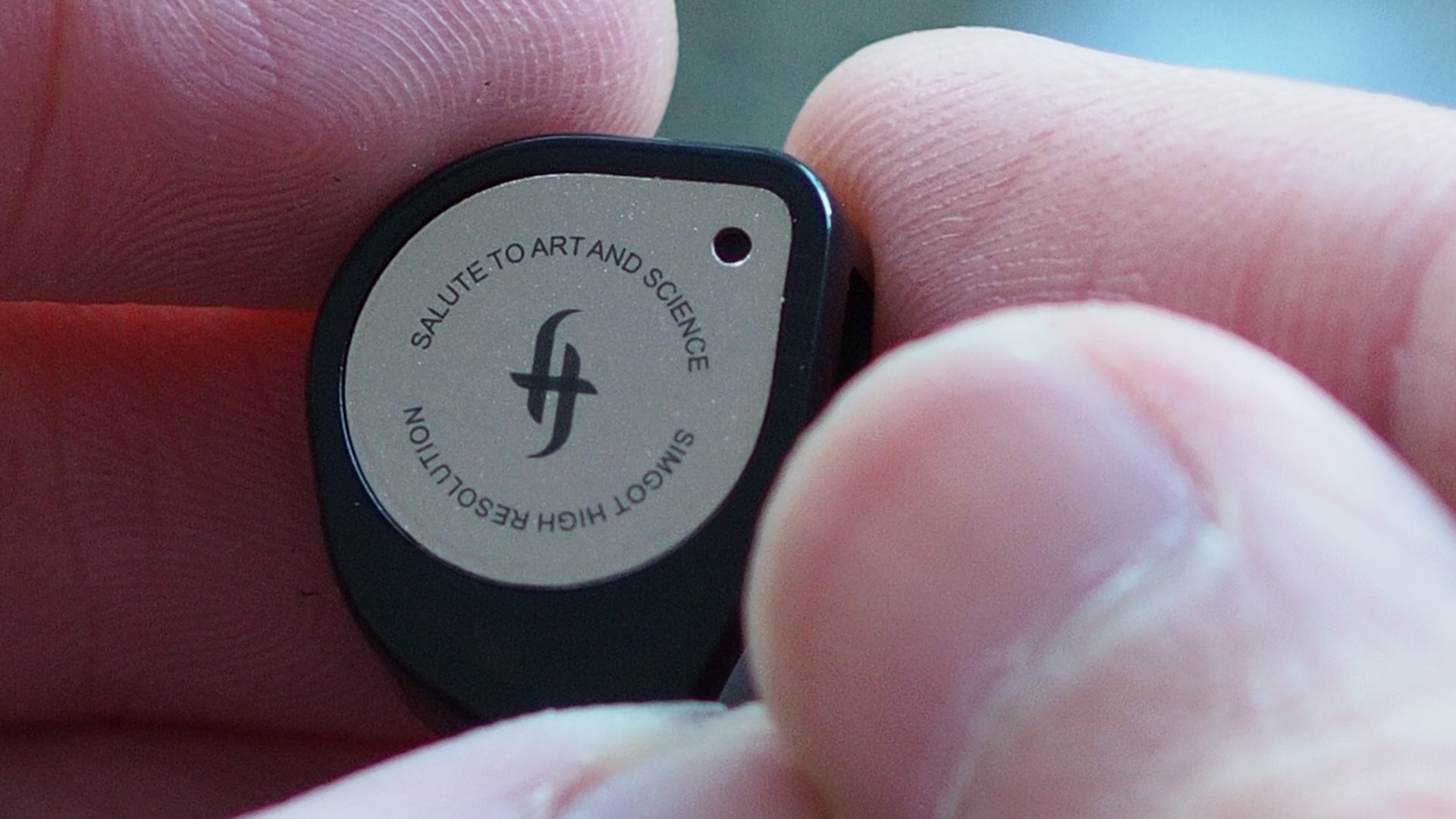
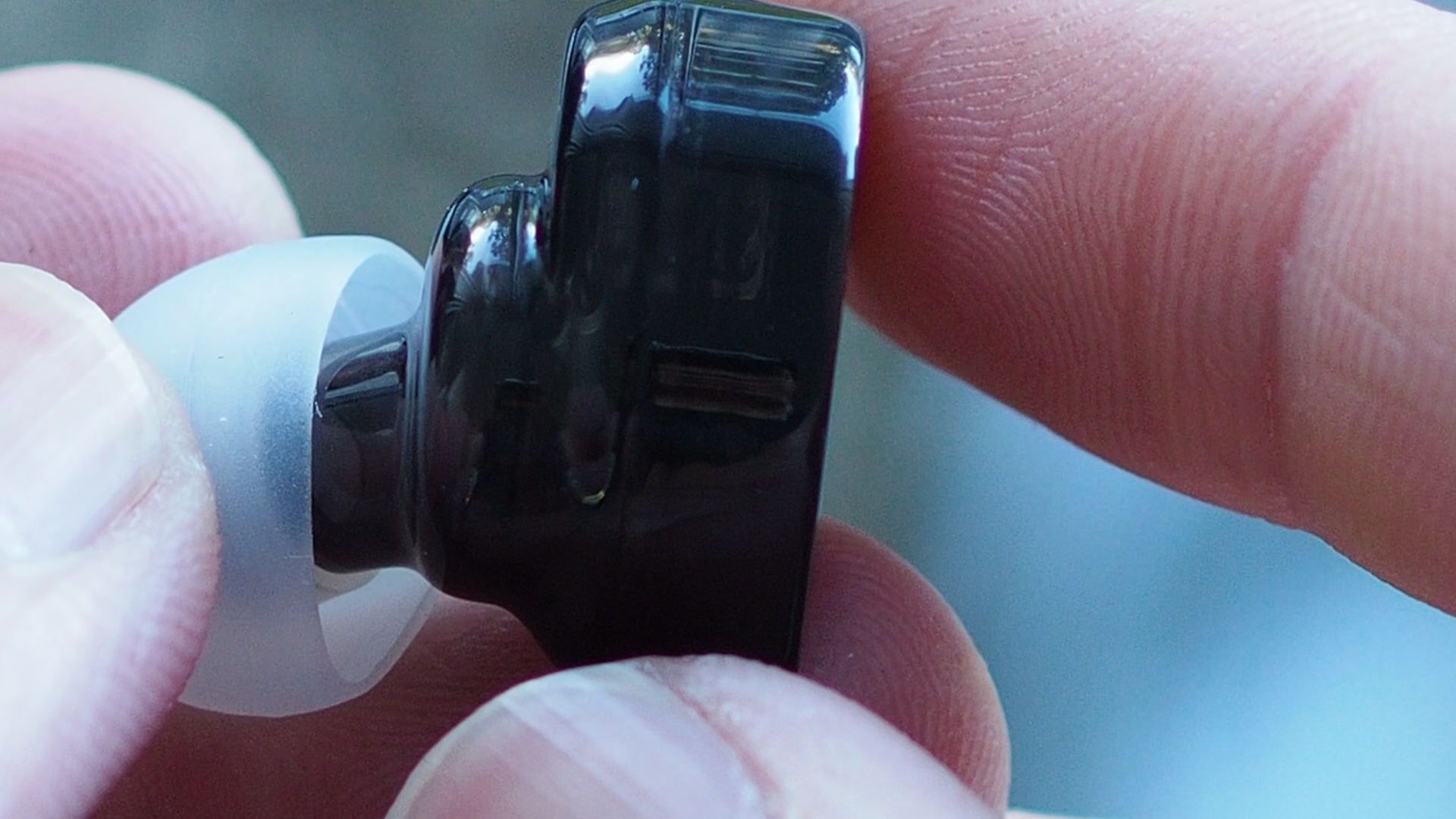

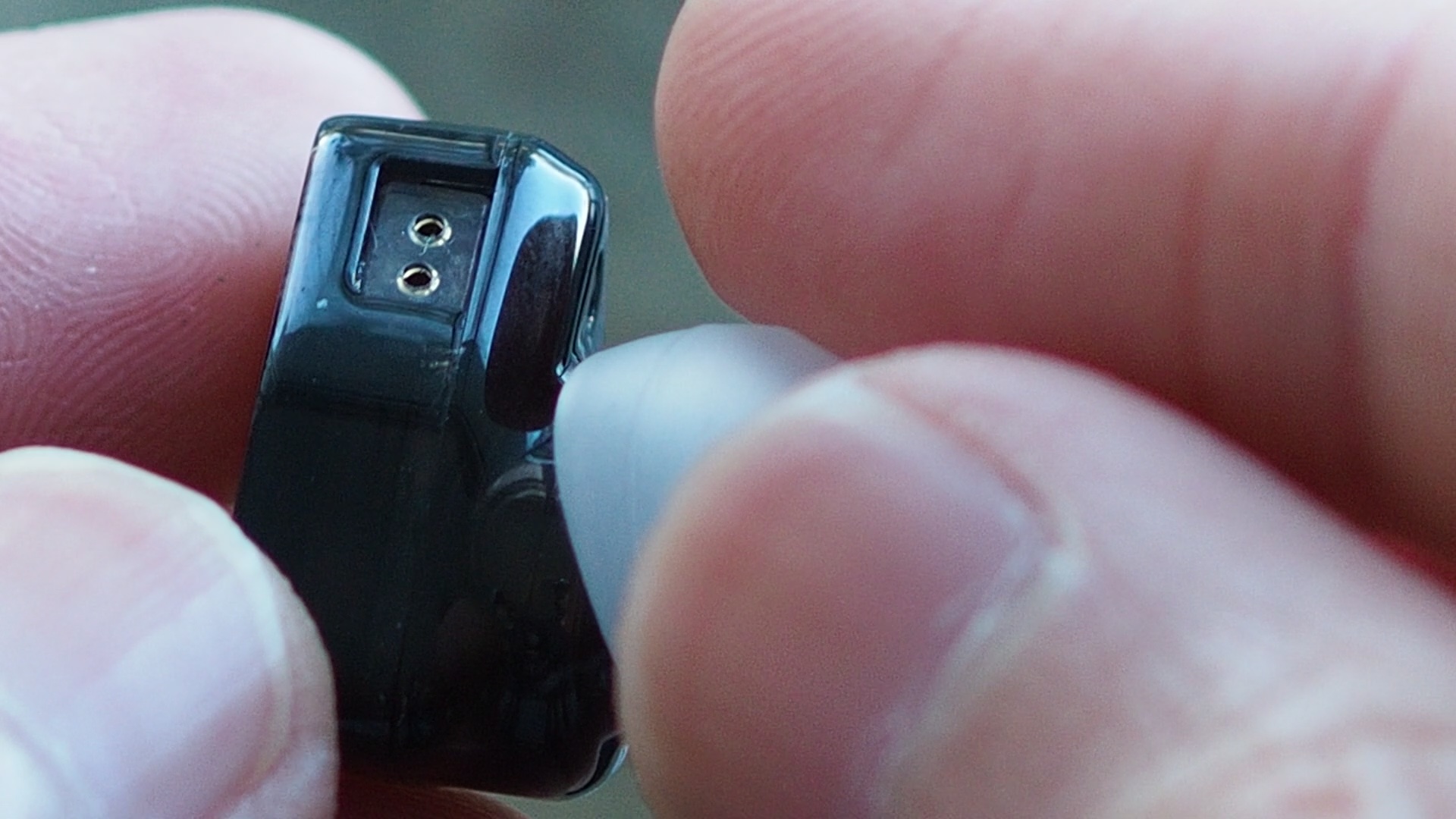
The earpieces of EW100P are made of semi-translucent plastic and feel basic. On the bright side, the hollow plastic construction makes them very light. The nozzles have an average diameter and are on the shorter side, with lips to hold ear tips securely.
Regarding comfort, I found the wearing experience of EW100P to be pleasant, thanks to the light earpieces and average-sized nozzles. However, getting the stock tips to seal properly was challenging, and I needed to use my Spinfit W1 tips. In terms of isolation, it is only passable due to the hollow construction and air vents for the dynamic driver.
Tonality
Frequency response of EW100P against the Harman in-ear target. Measurements were done with an IEC-711-compliant coupler and might only be compared with other measurements from this same coupler. Visit my graph database for more comparisons.

Tonality or “tuning” is where objectivity and subjectivity meet. Objectivity exists in the squiggly lines above, called Frequency Response (FR) graphs. They are created by sweeping a signal from 20Hz to 20kHz and measuring the corresponding loudness coming from an IEM. Unless a human operator deliberately tampers with the microphone or the data, FR does not care about the price or prestige of an IEM and, therefore, is “objective.”
However, human listeners are not microphones. Our ears and brain interpret the sound and decide whether it is “enjoyable.” It is also beneficial to remember that when you play a note on a musical instrument, multiple sounds (fundamental and harmonic) appear simultaneously and mix together. Achieving a life-like balance between frequencies and adding a tasteful amount of imbalance (“colouring the sound”) is the hallmark of an excellent tonality.
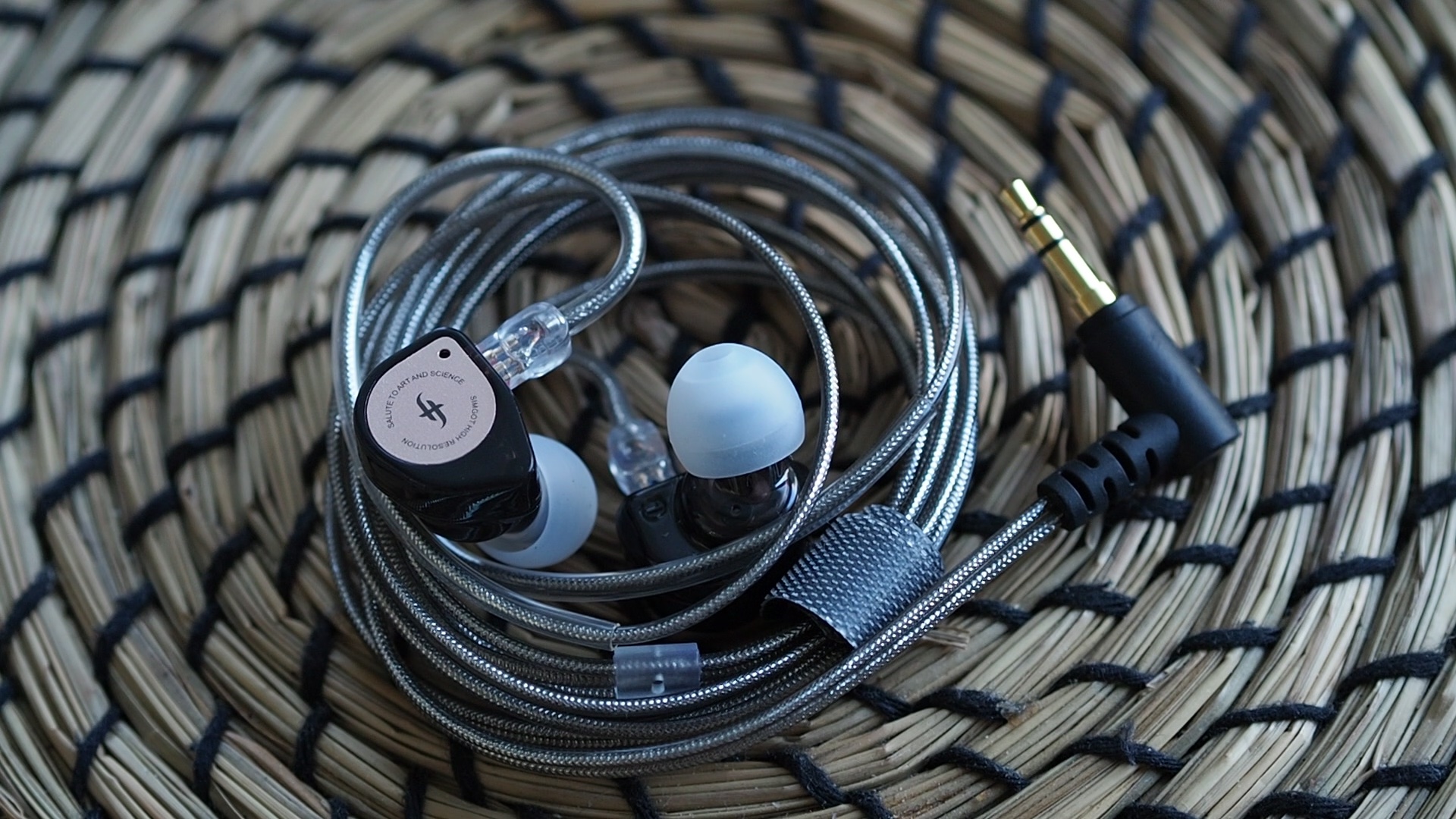
EW100P is a set of in-ear monitors tuned to match the Harman in-ear target 2016. This particular tuning results in a neutral, slightly bright tonality. One notable characteristic of the midrange is its strong emphasis on the upper midrange region, typically around 1kHz to 3kHz. Occasionally, this emphasis can make certain higher voices and violin notes sound somewhat strident and shrill, particularly when the volume is turned up to extract more energy from the lower-mid and bass frequencies. Still, vocals and instruments generally come across as natural and realistic.
Regarding bass response, EW100P exhibits more emphasis than IEMs with flat bass, such as the Etymotic ER2SE. However, the bass is less pronounced than the upper midrange, meaning drums and bass guitars may sound somewhat subdued. Despite using a dynamic driver, the bass quality itself is unremarkable, lacking a snappy attack and dynamic contrasts.
Moving on to the treble, EW100P provides adequate presence, allowing instruments like cymbals, hi-hats, and chimes to cut through the mix. Fortunately, these high-frequency elements are not harsh, piercing, or offensive. Nevertheless, the treble quality is unremarkable. I noticed a lack of crispness and nuances in cymbals and hi-hats while listening to songs like “GOAT” by Polyphia. The treble extension does not raise any concerns but doesn’t leave a lasting impression. Reverbs and decays at the end of instruments and vocals feel truncated, similar to what I’ve experienced with most other IEMs.
Soundstage Imaging

Stereo imaging or “soundstage” is a psychoacoustic illusion that different recording elements appear at various locations inside and around your head. Your brain creates based on the cues in the recording, which are enhanced or diminushed by your IEMs, your DAC, and your amplifier. Some IEMs present a wide but flat soundstage. Some present a “3D” soundstage with layering, depth, and height. In rare cases, with some specific songs, some IEMs can trick you into thinking that the sound comes from the environment (a.k.a., “holographic”)
EW100P delivers a surprisingly wide soundstage that pleasantly surprises me, especially considering its affordable price of $20. However, like many other IEMs with a similar tuning, EW100P tends to place the centre of the soundstage, where most instruments and vocals are positioned, inside the listener’s head. Additionally, the soundstage lacks depth, failing to create a convincing sense of distance between sounds closer and further away on the stage. While the wide soundstage of EW100P can be appreciated when listening to orchestral soundtracks like “Synchro” by Tokyo Kosei Wind Orchestra, it falls short of providing a gratifying experience for me due to its forward and in-the-head presentation.
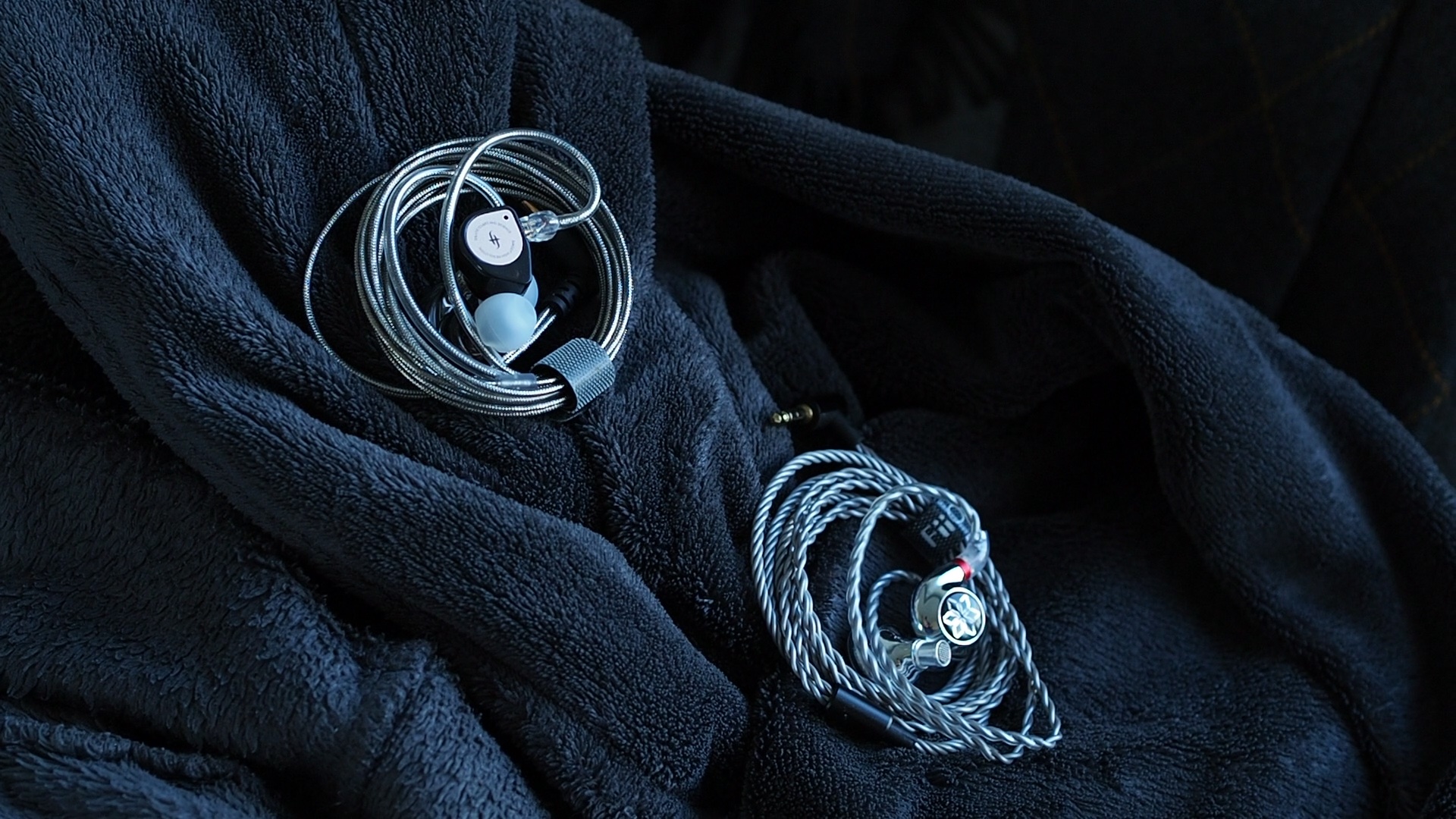
Resolution

Resolution is a fascinating subject due to the difficulty of pinning down what it really is. To me, “resolution” can be broken down into three components:
- Sharpness, incisiveness, or “definition” of note attacks (see the figure above).
- The separation of instruments and vocals, especially when they overlap on the soundstage.
- The texture and details in the decay side of the notes.
The first two give music clarity and make it easy to track individual elements of a mix. The last provides music details and nuances. Generally, a smooth frequency response and good drivers give the best resolution.
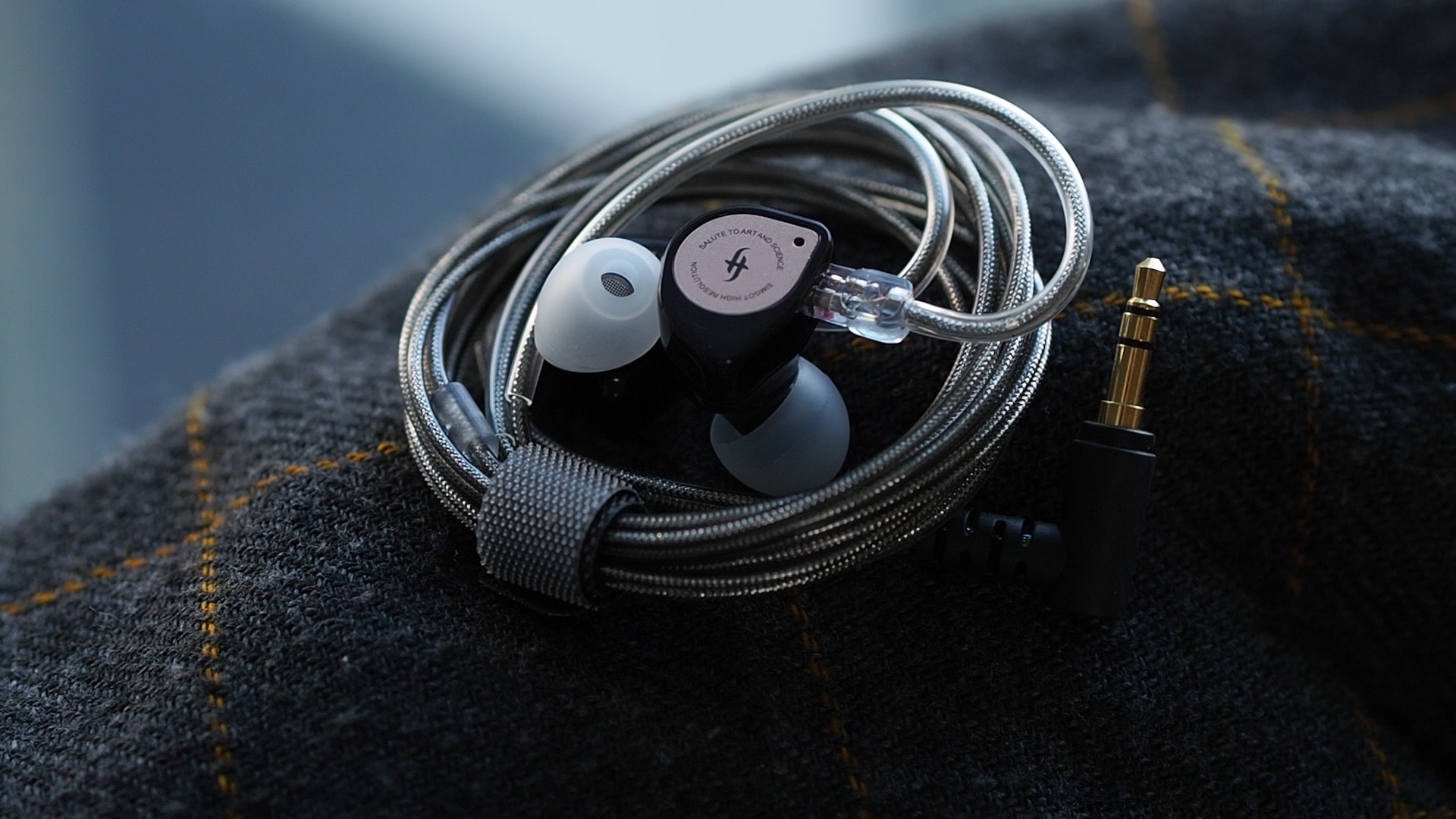
Despite benefiting from the Harman tuning, I would describe the resolution of EW100P as only passable. When I listen to recordings with a dense arrangement, like “Jolene” by Pentatonix, I notice that the individual voices are not cleanly separated. However, I do appreciate that EW100P manages to prevent the soundstage from collapsing into a congested mass of sounds.
Unfortunately, the overall music presentation feels overly smooth, lacking nuances, texture, and micro details. For instance, while listening to Emmanuel Pahud’s performance of the Flute Partita in A Minor, I found that many of the subtle micro details surrounding the main notes of the flute, as well as the room ambience, were missing. This observation holds true even when I increase the volume in an attempt to uncover those details.
Conclusion
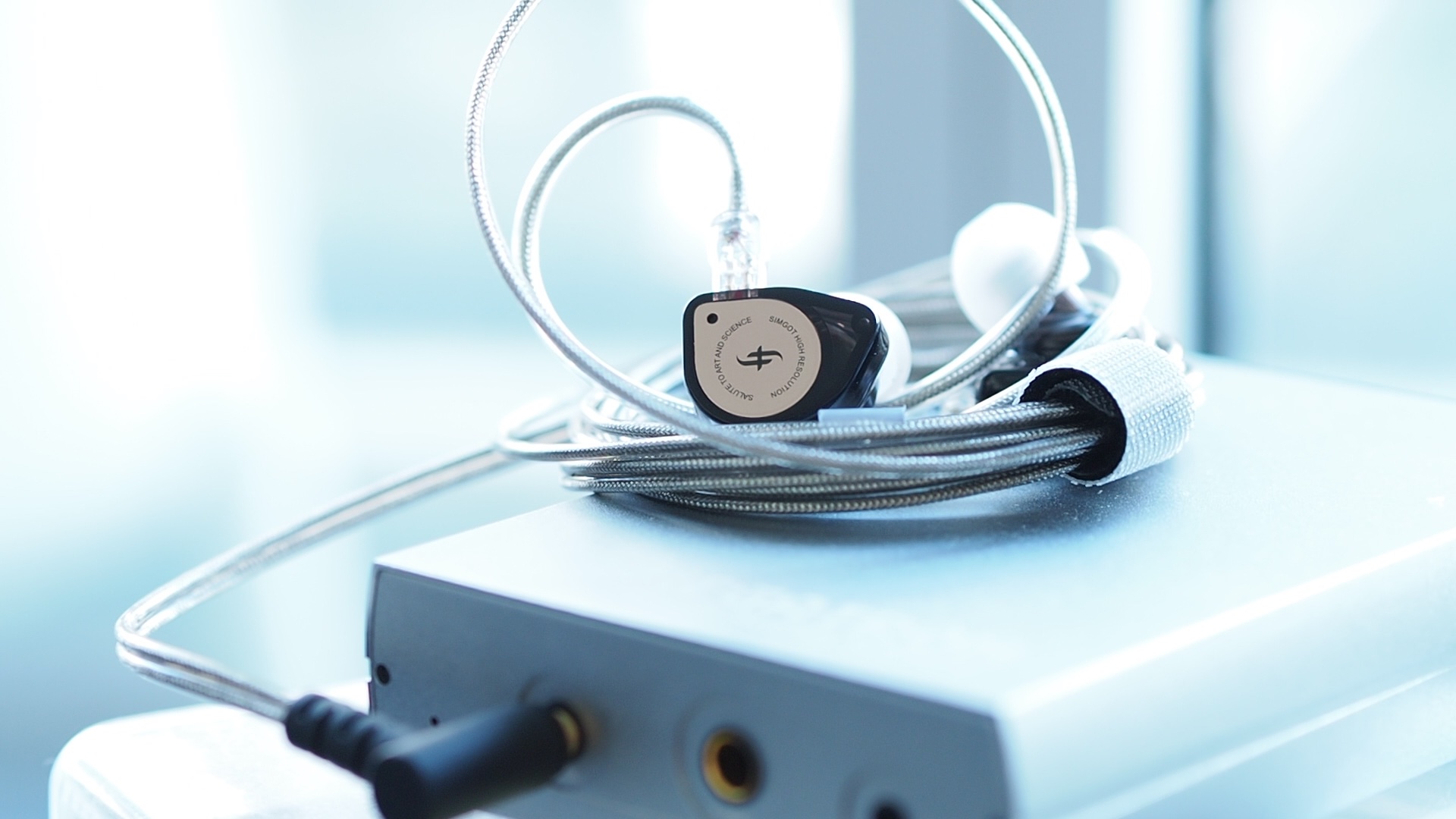
Pros:
- Affordable price point
- Clean and relatively neutral tonality
- Wide soundstage
- Comfortable fit
Cons:
- Bass is light and lacks tactile impact
- Limited dynamic contrast and variations
- Potential seal issues with stock tips
Target Audience:
- Fans of neutral tuning who prioritize accuracy in sound reproduction
- Listeners seeking a budget-friendly option for vocal-centric content
